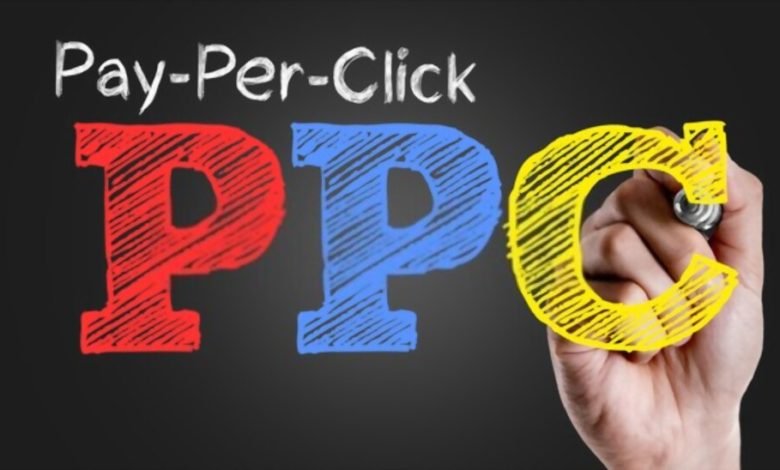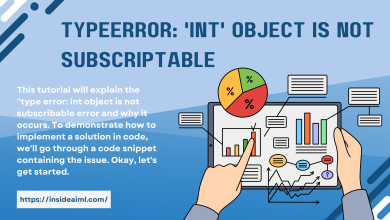Unlocking the Power of PPC Advertising for E-Commerce

Pay-per-click (PPC) advertising is a great tool for e-commerce companies to use. It’s a cost-effective way to reach your target audience, and it delivers results quickly.
To maximize your PPC ads’ potential, you should focus on keyword research, ad copy, and ad format. These elements can drive more clicks, leads, and sales.
Keyword Research
Unlocking the Power of PPC Advertising for E-commerce
Keyword research is a key strategy for unlocking the power of PPC advertising. It helps you identify and target the most relevant keywords for your website and ad campaign, and it also provides insight into what search terms people are using to find your products.
The most successful keyword research process is one that aligns with your overall SEO strategy and objectives. It should also factor in the business value of the keyword. This will help you decide if ranking for the keyword is worth the time and effort it will take to get there.
Ultimately, keyword research involves finding high-volume search queries that match the content of your site. When done correctly, it can help you drive a measurable increase in traffic to your website.
Understanding your users’ journeys and the different phases of their searches is also an important part of keyword research. It will allow you to create relevant content that will meet their needs throughout their path to purchase.
This will help you increase conversion rates and boost revenue by attracting the right visitors to your website. Additionally, it will help you identify the best product pages for each stage of a user’s journey.
The first step in keyword research is to brainstorm a list of potential keywords. Once you have a list, it’s a good idea to look for competitors who rank for those same keywords.
It’s also a good idea to use tools like Ahrefs’ site explorer to see which pages of your competitor’s websites are currently bringing in the most traffic. Then, plug those competitors into the competitive intelligence tool to see what keywords these pages are targeting and how many other sites are competing for them.
Ad Copy
Unlocking the Power of PPC Advertising for E-commerce
Unlike traditional methods of advertising, paid search can yield results quickly and cost-effectively. This is because businesses only pay when prospects click on their ads and do not waste money on lost opportunities.
However, in order to effectively use PPC advertising, businesses must learn how to write good ad copy. This is because ad copy is what sets the tone for your brand and explains why it should be used by customers.
Ad copy should be relevant and attractive to potential customers, while also ensuring that they understand the purpose of your product or service and where they need to go now to make a purchase. Using this strategy will increase your conversion rate and ROI on advertising, enabling you to reach more potential customers with your product or service.
A strong ad copy should include keywords, punch lines, or phrases that seize the attention of your target audience. It should also contain assurance of benefits, enabling potential consumers to know that if they buy your product or service, they will be able to achieve what they want.
Scarcity: A sense of urgency can be evoked by announcing that a limited number of products are available or that the product is running out. This can increase your click-through rate by enticing customers to take action before they miss out on a great deal.
Testimonials: Including testimonials can help you communicate value to your customers and demonstrate how other people have benefited from your product or service. This can increase your customer satisfaction and encourage repeat business.
It is important to do lots of testing in order to find out which ad copy has the highest click-through rates, and then adjust your campaigns accordingly. This will ensure that you are always getting the best return on investment for your advertising efforts.
Ad Formats
Unlocking the Power of PPC Advertising for E-commerce
Pay-per-click (PPC) advertising is a great way to attract new customers. This digital ad model enables businesses to target audiences using demographic and browsing data. It allows marketers to create advertisements that are relevant to their audience’s specific needs, which can result in better conversion rates and higher sales.
The process of running a PPC campaign involves creating and optimizing an ad, bidding on keywords, and monitoring results. Once your ad is set up, it’s placed in an auction where Google determines which ads to display on search engine results pages.
Ads are displayed based on their relevance to the search term used and ad quality. The more relevant your ad is, the lower your cost-per-click (CPC) will be.
PPC ads are also a great way to drive traffic to your ecommerce store, ensuring that your products remain at the forefront of search engine users’ minds. These ads can include a description, price, and photo of the product.
It is important to remember that it can take time for your ads to generate a consistent flow of traffic. Hence, it’s best to test these campaigns before launching them full-time.
Another key aspect of successful PPC campaigns is a strong landing page. These pages should be relevant to your ad content and keywords, and contain a clear call-to-action (CTA). A landing page that is unclear or confusing can lead potential customers to leave your site quickly.
PPC advertising is a powerful marketing tool that can be used to boost revenue and grow a business. However, it is important to use it correctly and with a strategic budget.
Ad Size
With a growing number of eCommerce customers, it is important to have a solid PPC strategy in place. This marketing method allows your business to reach potential customers across the internet, while also giving you a way to track and optimize your advertising results.
A key advantage of PPC is that it can bring a huge amount of traffic to your eCommerce website. This means you can reach a large audience before your SEO campaign is fully up and running. This can be crucial for your business, especially if you are just starting out and are trying to find your feet.
Getting your products in front of the right people is essential for your e-commerce store’s growth. It can help to spend time learning about your target demographics and their online activities. This will allow you to choose which platforms will best get started of your products in front of them.
One of the most popular ad sizes for Google Display ads is the leaderboard ad. This ad size is typically positioned at the top of a web page, making it an excellent choice for brands that want to attract as many eyes as possible.
Using the right ad size can improve your ad’s click-through rate and conversion rate. This can help to drive traffic and increase your revenue. You can also increase the overall impact of your ad by optimizing your bidding strategy. This will allow you to reach your target customers more efficiently and save you money in the long run.
Budget
PPC advertising is a highly effective marketing strategy for eCommerce websites, and it can unlock the power of your brand to grow globally. This is especially true when you’re competing against other big brands in the same industry and market.
The right budget strategy can help you to optimize your PPC campaign and increase conversions for your eCommerce store. However, it is important to note that your PPC advertising budget should be aligned with your overall business goals and not be arbitrary.
First of all, you must determine your PPC budget by analyzing your keyword research and your company’s overall goals for the campaigns. This will ensure you set a realistic and sustainable budget for the campaigns that will bring the highest ROI to your company.
Secondly, you must consider the keywords that will drive traffic to your website and convert them into leads. This is why it’s important to get your keyword research right the first time, and also to create a solid strategy for how to utilize your keyword list to the fullest.
A good PPC strategy will include remarketing, a strategy that allows you to reach customers who have left your website but aren’t yet purchasing. You can also use remarketing to encourage customers to visit your site by showing them ads that are more relevant to their interests.
The cost of your PPC campaigns can vary depending on the search engines and platforms you use, as well as their effectiveness. Google is the most popular search engine, but there are other options such as Bing Ads and social media platforms that can be effective for your marketing efforts. For example, Facebook and Instagram Ads are both great places to run ad campaigns and target specific audiences.
Thanks for visiting foxdenlane




